Chapter 1
The Basics of Physics
By Boundless

Physics is a study of how the universe behaves.
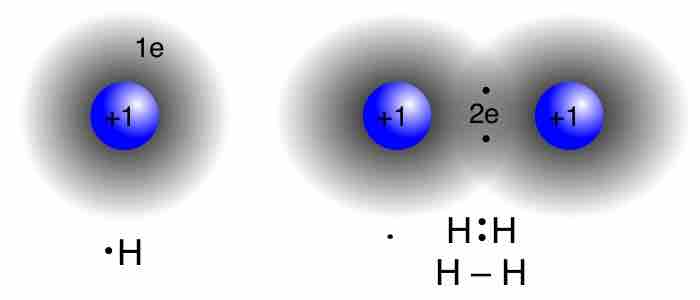
Physics is the foundation of many disciplines and contributes directly to chemistry, astronomy, engineering, and most scientific fields.
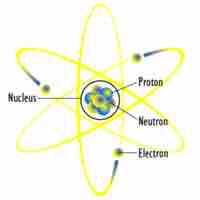
The terms model, theory, and law have exact meanings in relation to their usage in the study of physics.
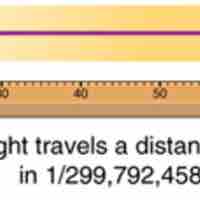
Length is a physical measurement of distance that is fundamentally measured in the SI unit of a meter.
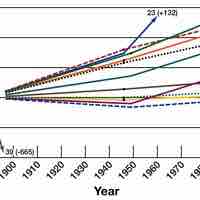
Mass is the quantity of matter that an object contains, as measured by its resistance to acceleration.
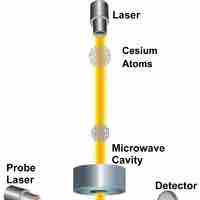
Time is the fundamental physical quantity of duration and is measured by the SI Unit known as the second.
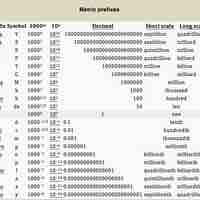
SI prefixes precede a basic unit of measure to indicate a multiple or fraction of the unit.

Converting between units can be done through the use of conversion factors or specific conversion formulas.

Scientific notation is a way of writing numbers that are too big or too small in a convenient and standard form.
A round-off error is the difference between the calculated approximation of a number and its exact mathematical value.

An order of magnitude is the class of scale of any amount in which each class contains values of a fixed ratio to the class preceding it.
Any physical quantity can be expressed as a product of a combination of the basic physical dimensions.
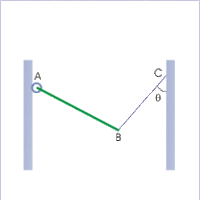
Trigonometry is central to the use of free body diagrams, which help visually represent difficult physics problems.
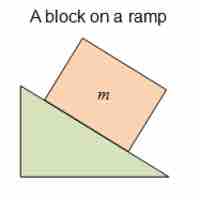
Free body diagrams use geometry and vectors to visually represent the problem.